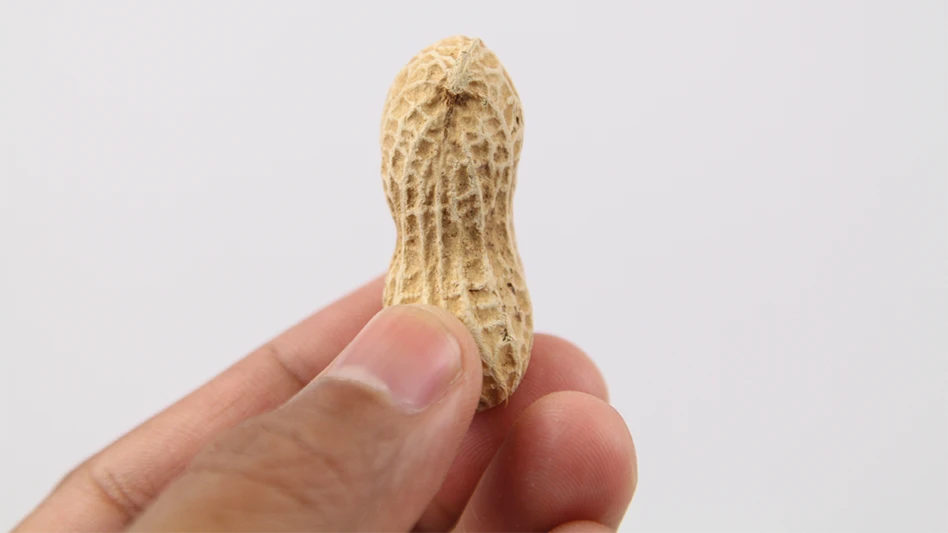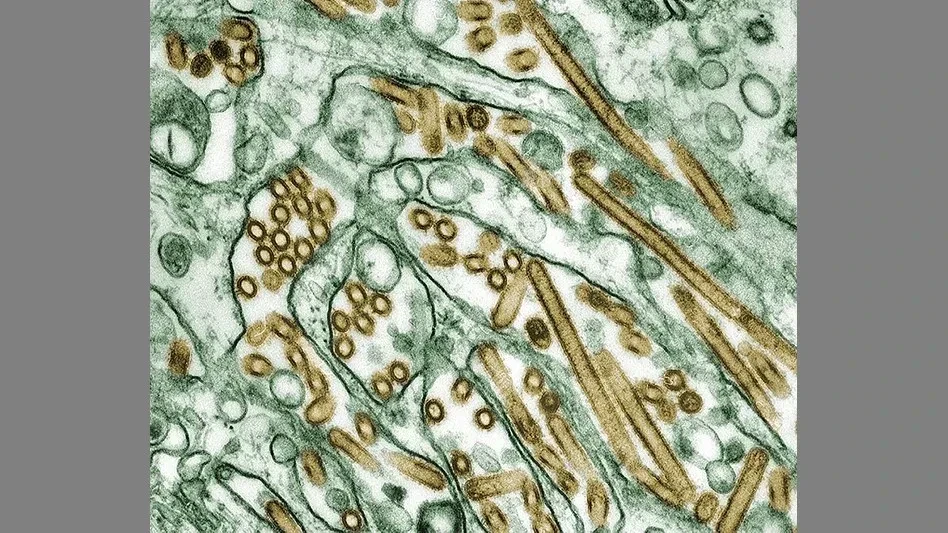In my last column, I noted how a quality system audit can improve efficiency and prevent overlap documentation. Some people have had a poor audit experience and even have a phobia of audits. Each audit should be an educational activity and a key part of your continuous improvement.
There are various kinds of food plant quality audits and inspections. Your plant can run its own audit of its own facility, or your company can audit every plant in the business. Or, your customer or an independent third party can audit your plant. Public health authorities — at the local, state and national level — can perform regulatory audits, and don’t always have to tell you when they’re going to show up.
AUDIT V. INSPECTION. Many times the terms “audit” and “inspection” are used interchangeably. Typically an inspection is part of an audit. An inspection is usually an out-and-about checking or testing against established standards. A good inspector will observe, climb, crawl and dig, as he searches for conditions to verify conformance to the audit’s standards. An audit involves the examination of an enterprise’s entire system of records and reports by an independent specialist. An auditor looks for systematic flaws and documentation errors while validating the quality system’s overall performance.
PREPARING FOR AN AUDIT. Preparations should center on putting your best foot forward during the audit. It amazes me how quickly things get done before and immediately following an audit — things that should have been done anyway.
A few weeks before the announced audit date, conduct a self assessment using the audit’s standards and techniques. Prioritize your observations and ensure the assigned tasks have been completed. Evaluating how you are doing day to day is an advantage of the unannounced audit. Conducting both announced and unannounced audits a few months apart within the same year is an excellent way to improve your quality system.
The day before the audit is the day to complete final preparation tasks. When I audit a plant, I will visit it the night before or early in the morning to look at such activities as open top Dumpsters, temporary storage trailers and open, unscreened doors.
DURING AND AFTER. When auditors come to you plant, treat them just like any visitor, taking care to ensure your safety and theirs. Don’t let him wander around unsupervised. Instead, have an “approved” spokesperson and supervisors escort him through his inspection, steering clear of hazardous or proprietary areas.
Afterward, conduct an auditor-led exit meeting and, after the auditor has left the premises, have a final plant management-led exit meeting. During this meeting, develop an overall audit response plan, prioritize and assign action. Revisit audit issues while they are fresh in your mind.
Following the audit, communicate with upper management and employees how it went. Develop a formal response to the audit within 30 days that documents items you’ve completed, and your plan to deal with the rest of the audit’s items. Follow the plan’s progress periodically and document it accordingly.
LEARN FROM IT. Learning from experience certainly can help avoid frequent audit mistakes and pitfalls. Common quality system audit mistakes include inaccurate or unorganized documentation; a program that doesn’t follow audit standards or lacks follow-up action; and insufficient quality training for employees, their supervisors and upper management.
Serious pitfalls that I look for as an auditor include a plant:
- being short of the paper programs
- unable to produce promised documentation
- that is missing key personnel
- with new acquisitions that aren’t not up to standards
In summary, planning and preparing for your audits will help you stay in control of your plant, and make the whole experience a more educational activity. Show your best and utilize the window of opportunity to be proactive with announced (and reactive with unannounced) audits to improve your overall quality system.
The author is an accredited associate of The Institute for Independent Business, a certified professional instructor and a certified instruction designer.
Auditor's Soapbox
Inspectors should route themselves outside to inside during an audit, and once inside, move from “clean to dirty.” In other words, they should prepare themselves for outside inspection ranging from property perimeters to building rooftops and areas within. They should then prepare themselves for inside inspection ranging from the finished products area to the raw material receiving, in that order.
Why? Professionals should lead by example and not transfer foreign material contaminants from one area to another. I have seen numerous inspectors typically follow the process flow; in essence from dirty to clean. This inspection route also promotes a customer perspective.

Explore the August 2007 Issue
Check out more from this issue and find your next story to read.
Latest from Quality Assurance & Food Safety
- Nestlé Opens Arizona Beverage Factory and Distribution Center
- Ingredion Invests $100 Million in Indianapolis Plant to Improve Efficiency, Enable Texture Solutions Growth
- Eagle Unveils Redesigned Pipeline X-ray System
- USDA Invests Up To $1 Billion to Combat Avian Flu, Reduce Egg Prices
- Washington Cats Confirmed with HPAI as Investigation into Contaminated Pet Food Continues
- USDA Confirms Bird Flu Detected in Rats in Riverside
- Kyle Diamantas Named FDA’s Acting Deputy Commissioner for Human Foods
- QA Exclusive: Food Safety Leaders React to Jim Jones’ Departure, FDA Layoffs





